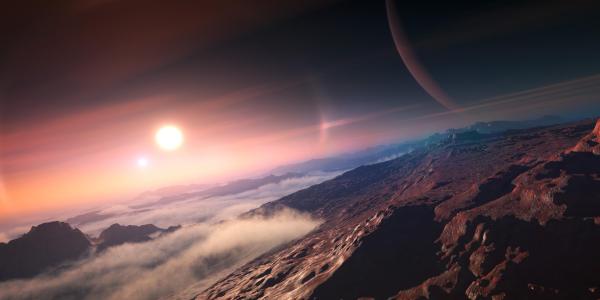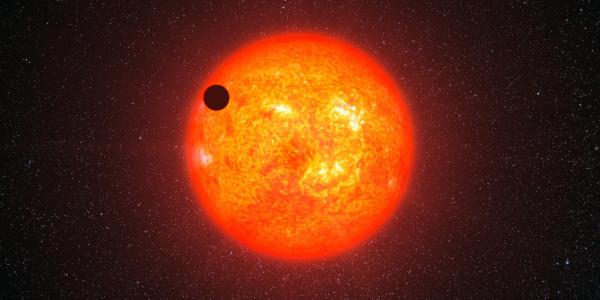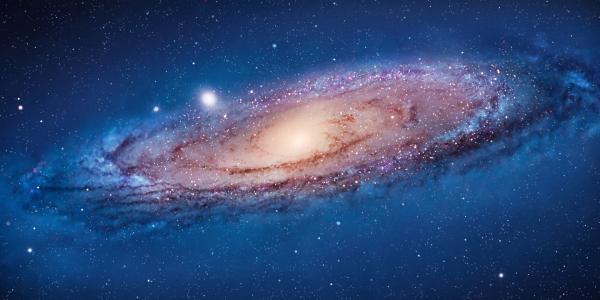The Most Studied Planet
Did you know that the most studied planet in our solar system is Earth? There are more than 150 satellites currently orbiting the Earth, studying our planet in detail. Why do we have so many satellites, and what do they do to improve our lives?
NGSS Standards
Activity Links
- Views of Earth Features from Space (Ages 8 - 10)
- What Can Satellites Tell Us about Earth? (Ages 8 - 10)
- Mapping Our World interactive (Ages 10 - 13)
Top Discoveries
From the vantage point of space, we have made some profound discoveries about the Earth. Join us to learn about some of the most important things we've learned looking back at our planet from afar.
NGSS Standards
Activity Links
- Finding Impact Craters with LandSat (Ages 10 - 13)
- NASA Home & City interactive (Ages 10 - 13)
How We are Changing Our Home
Satellites have helped us understand how humans are changing the Earth - from the air we breathe to the water we drink. Many of these changes are leading us down a one-way road to more extreme weather, droughts, and a warmer Earth. How have we seen our planet change from afar, and what can we do to help restore our Earth?
NGSS Standards
Activity Links
- Ocean Acidification in a Cup (Ages 11+)
- Google Earth Timelapse (Ages 10+)
- GLOBE Observer Citizen Science (Ages 11+)
- NASA Climate Kids resources
Future Missions
Our knowledge and technology are continually growing. What new doors are now open for future missions, and how will they help us preserve our planet?
NGSS Standards
Activity Links
- Satellite Insight game (Ages 10 - 13)
- NASA Climate Kids resources


























